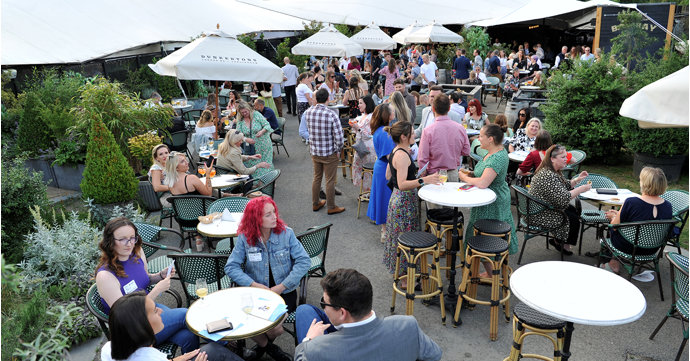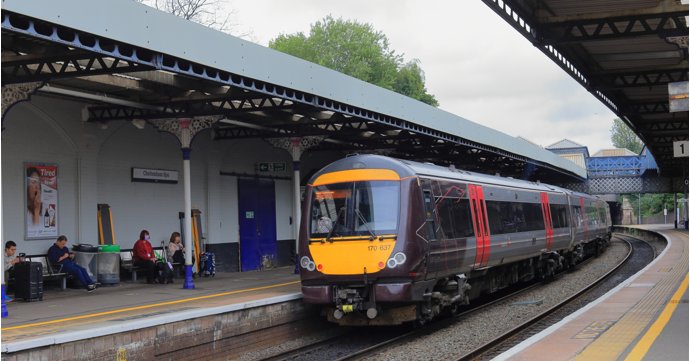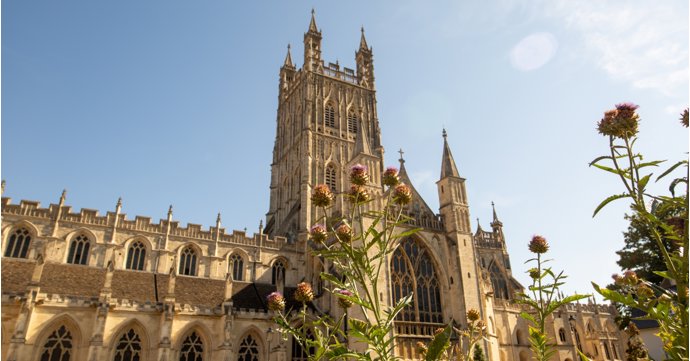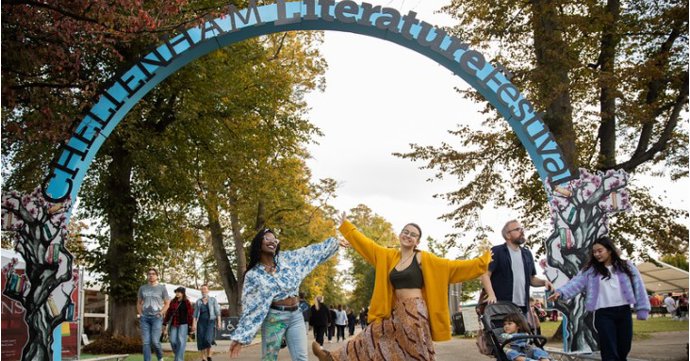Archaeologists excavating the site of the University of Gloucestershire's new City Campus have uncovered the remains of St Aldate's Church, which dates back to around 1750.
The team from Cotswold Archaeology, which was commissioned by the university, uncovered an eight-metre stretch of the post-medieval church's external wall and porch during excavation works on the site of the former Debenhams building in the city centre.
The church is thought to have been named after the Bishop of Gloucester who died in battle in 577. Historians believe the building replaced a medieval church of the same name which pre-dated the Norman Conquest, but was demolished in the mid-17th century after being damaged during the English Civil War.
Other notable finds from the site include 12 burials, many of which are associated with the former medieval church, along with the remains of Roman buildings, mosaics and a Roman street just below the basement floor level.
Cliff Bateman, who has worked for Cotswold Archaeology since 1990 and is the senior project officer at the City Campus site, said: 'The footing we have discovered is only 20cm to 30cm below the current ground surface and it has survived very well.
'It’s an interesting discovery in that, although the post-medieval St Aldate’s Church was built in the mid-18th century, photographs taken in later years very clearly show that it was a brick church, almost neoclassical in its design.
'The footing is made up entirely of very well-dressed limestone blocks, some of which I presume may have come from the earlier medieval church and possibly from the nearby Roman and medieval defensive town wall that was razed after the Civil War.
'We don’t know the location of the site of the medieval church yet because we can’t be certain that the mid-18th century church, which was demolished in 1960, used the footprint of its predecessor.
'The discovery of the mid-18th century church is extremely interesting itself, because it will enable us to start determining the whereabouts of the church burial ground.
'But it would take our work up to a whole new level if discovering part of the mid-18th century church led to us finding the location of the medieval church. There is a chance we might find the location of the medieval church when we carry out work further into the site.
'The site as a whole has the potential to increase public knowledge of the Roman, medieval and post-medieval development of this part of Gloucester.'
Bateman, who was born and bred in Gloucester, said the city is one of the UK's most pre-eminent locations for archaeological research: 'Gloucester is such a significant place in terms of archaeological study — it’s unbelievable.
'Underneath where we’ve found the 18th century church and medieval and post-medieval burials, there will be Roman buildings in situ. Every time we work in Gloucester, we make new discoveries — it’s a massively important place.'
The works are an essential part of the planning process as work gets underway to transform the building into the university's modern new campus, which will also be home to a new Health and Wellbeing Centre and the new Gloucester Library.
Excavation is ongoing between Eastgate Street and Northgate Street, which would historically have been the north-east quadrant of Roman Gloucester.





















